I just discovered a little time saving trick that I’m embarrassed to say I didn’t know before. When you spend as much time behind a computer as I do, little things like this are great.
In many screens you’ll encounter buttons with one letter underlined. For example the ‘A’ is underlined on the ‘Replace All’ button in the screen below.

Instead of lifting my hand from the keyboard and clicking the button with the mouse, I can just hit ALT+A to press the button!
Similarly I could click the ‘Replace’ button with ALT+R or even untick the ‘In selection’ with ALT+I
Trust me, that makes a big difference.


 Every day the News24 site has a user vote. I recently decided to take a closer look at their system – perhaps I could defeat the vote security. It would be fun (who says I’m a geek?) and I could learn something new.
Every day the News24 site has a user vote. I recently decided to take a closer look at their system – perhaps I could defeat the vote security. It would be fun (who says I’m a geek?) and I could learn something new.

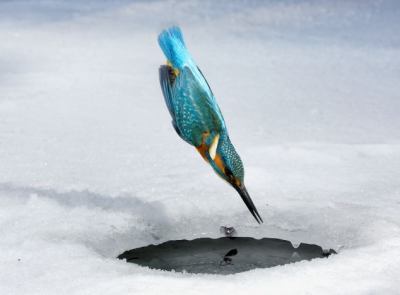
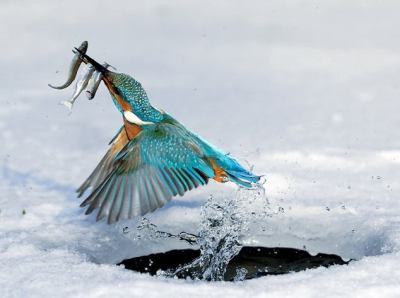
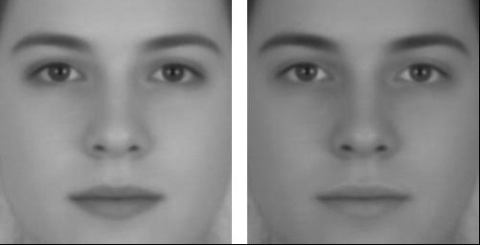

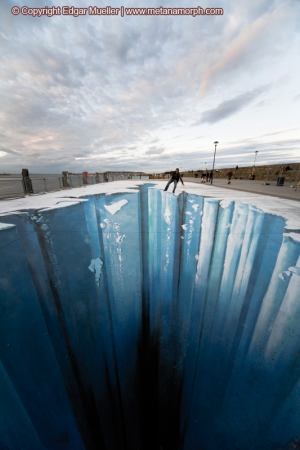

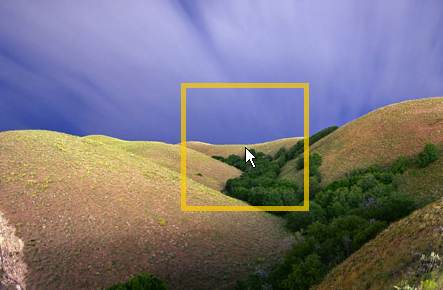
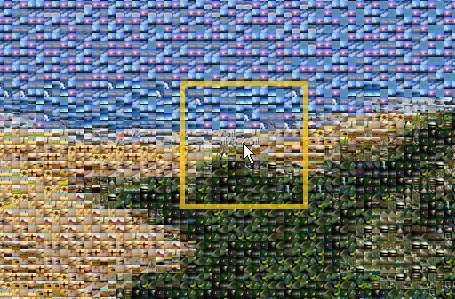



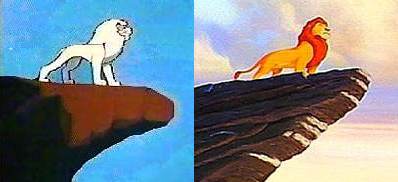
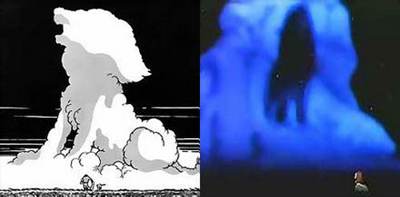
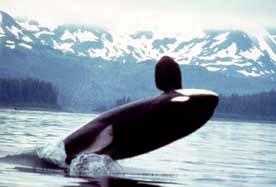 It seems romantic to release captive animals, but I often wonder how long they last in the wild. Life for wild animals is tough enough – animals released from captivity must really struggle.
It seems romantic to release captive animals, but I often wonder how long they last in the wild. Life for wild animals is tough enough – animals released from captivity must really struggle.